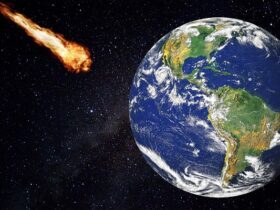Modern rates of sea-level rise started developing in 1863 as the Industrial Age progressed, corresponding with signs for early ocean warming as well as glacier melt, according to an international team of researchers led by Rutgers academics.
The research will aid local and regional planners in preparing for future sea-level rise by using a worldwide database of sea-level records covering the previous 2,000 years. The research was published in Nature Communications.
The increase of the sea level is a key signal of greater climate change. The scientists were able to identify the start of a substantial era of climate change by determining when present rates of sea-level rise exceeded natural fluctuation.
The researchers discovered that the beginning of present rates of sea-level rise started globally in 1863, coinciding with the Industrial Revolution. Modern rates first appeared in the mid-Atlantic area in the mid-to-late-nineteenth century, and then subsequently throughout Canada and Europe by the mid-twentieth century.
The worldwide pace of rising seas from 1940 to 2000 was very certainly higher than any preceding 60-year periods during the past 2,000 years. For local and regional preparation and response to potential sea-level rise, a full knowledge of site-specific sea-level variations over long durations is essential.
Walker pointed out that the statistical model used by the study team might be extended to more specific locations to learn more about the mechanisms that drive sea-level rise on regional and global scales.
The fact that present rates appear at all of our research locations by the mid-twentieth century illustrates the substantial impact that global sea-level rise has had on our world in the previous century. Further research on the geographical variability in the timing of emergence at various places will continue to increase society’s knowledge of how regional and local dynamics affect sea-level rise rates.














Leave a Reply